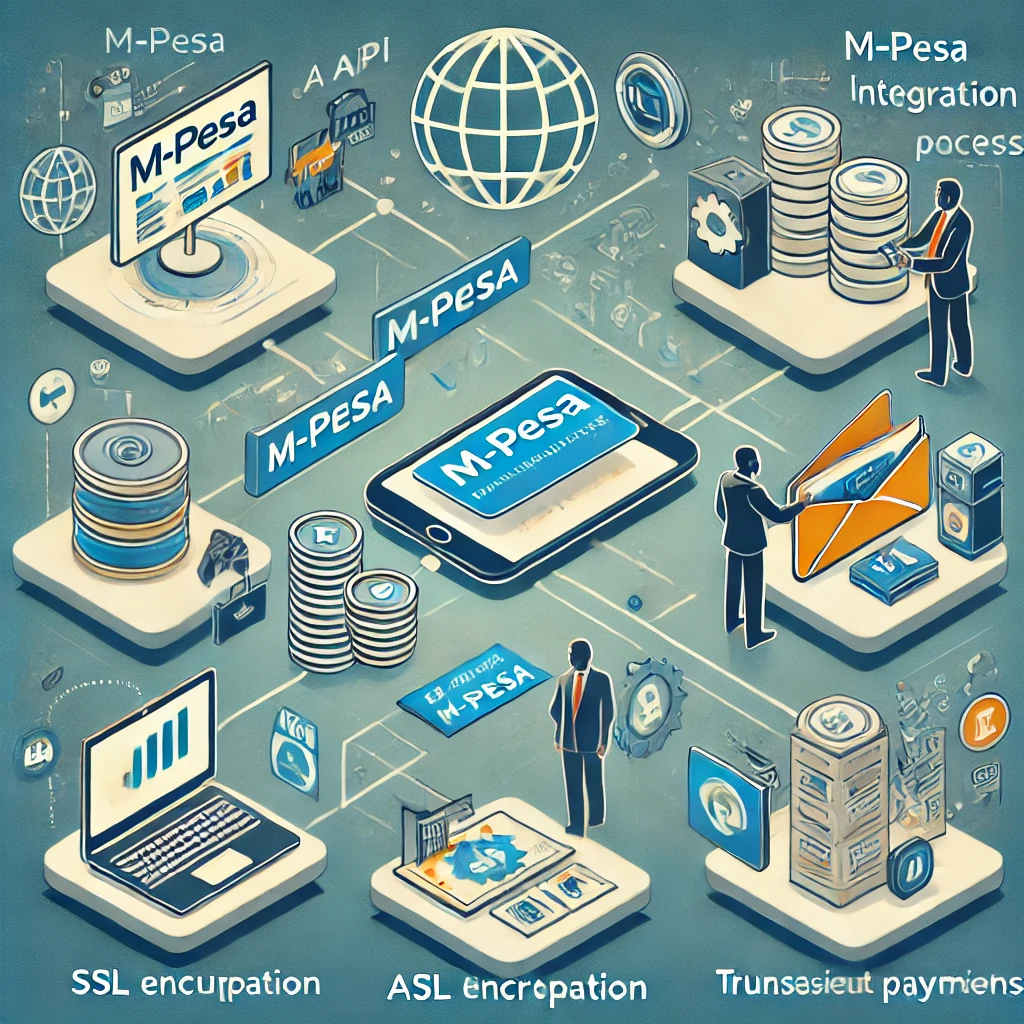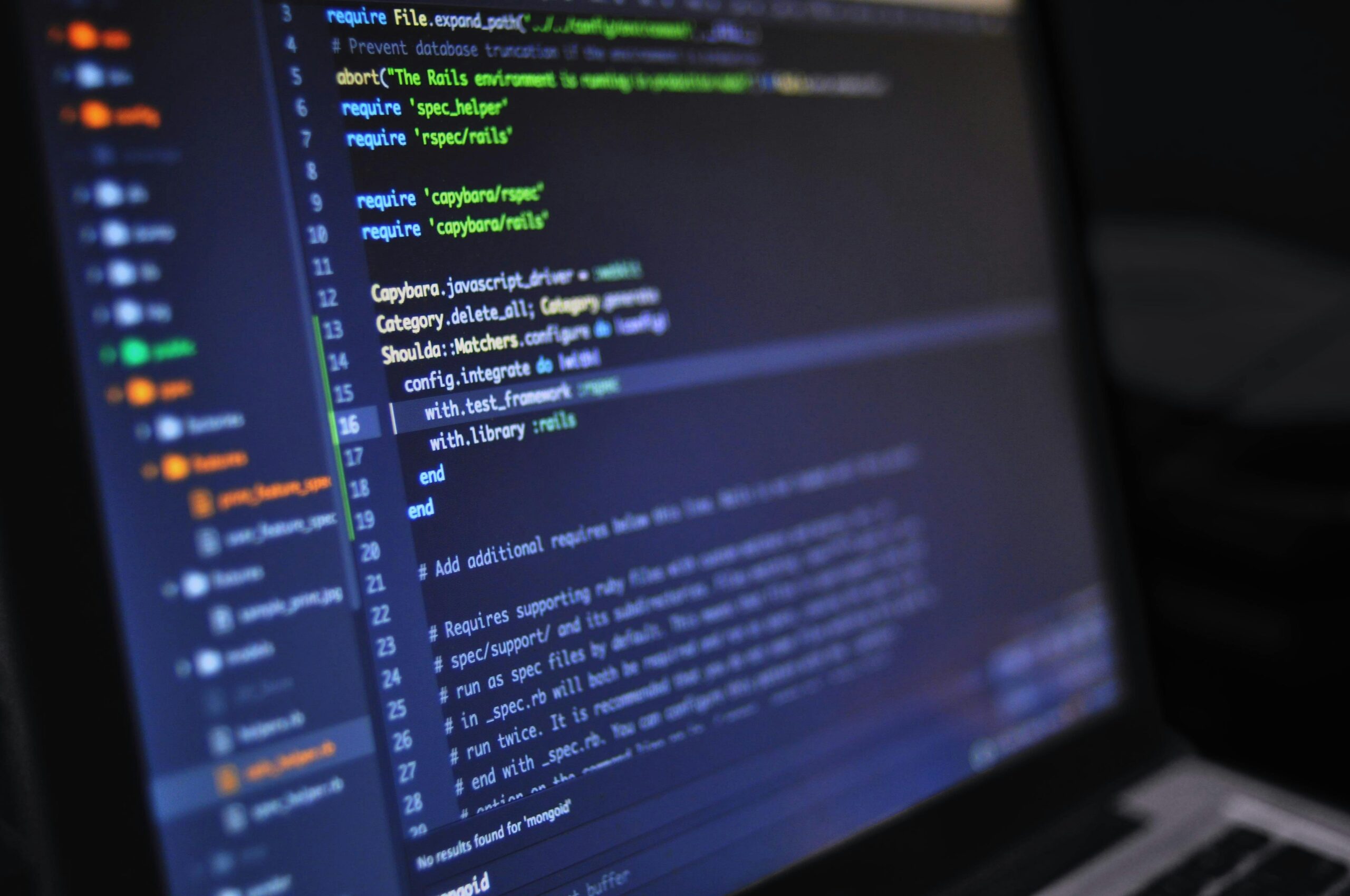No products in the cart.
9 Facts About the Future of Robotics That Everyone Should Know
Introduction
As the world progresses and new technologies emerging day by day, it becomes clearer and clearer that robotics are going to play a huge role in our future. With innovations like autonomous driving, this poises robotics to become even more mainstream.
There are many unanswered questions about the future of robotics. Some experts believe that robots will take on a significant role in our economy within the next decade. Others contend that they will become widespread and commonplace in just a few years.
9 Facts About the Future of Robotics Everyone Should Know
As robotics marches into the future, there are a few things we can be sure of. Here are 9 facts about the future of robotics that will help you stay ahead of the curve.
- Robotics is becoming more and more specialized.
- Robotics is becoming more and more accessible.
- Robotics is becoming more and more intelligent.
- Robotics is becoming more and more autonomous.
- Robotics is changing the way we do business.
- Robotics is changing the way we live our lives.
- Robotics is changing the way we think about the future.
- Robotics is changing the way we think about ourselves.
- Robotics is changing the way we think about the world around us.
What Is Robotics and How Has It Evolved?
Robotics is the application of technology for the design, construction, operation, and use of robots. The word “robot” comes from the Czech word robota, meaning “forced labor.” The first industrial robot was Unimate, which was installed in a General Motors plant in 1961.
Over the years, robotics is evolving and becoming an essential part of many industries. It’s used in manufacturing to build cars and other products; in agriculture to harvest crops; and in healthcare to perform surgeries. Robotics has even been aiding in space missions to explore other planets.
Challenges Facing Robotics in the Future
Robots are evolving faster than we can ever imagine, and with their growth comes new challenges that we’ll need to face together. Here are a few of the biggest challenges facing robotics in the future:
- Ethics. With great power comes great responsibility. As robots become more and more advance, we’ll need to make sure that they’re ethically sound and don’t pose a threat to humans or the environment.
- Security. As we integrate robots into our lives, we’ll need to make sure their systems are secure from hacking and other forms of attack.
- Reliability. As robots become more complex, we’ll need to make sure they’re reliable and can handle even the most challenging tasks.
- Unemployment. As robots take over more jobs, we’ll need to make sure that the displaced workers have access to new opportunities and training.
- Scarcity. As robotics technology becomes more widespread, we may face a shortage of resources needed to build them, such as rare metals and plastics.
- Social Implications. As robots become more prevalent in our lives, we’ll need to grapple with the social implications of their presence, including questions about privacy, trust and automation bias.
Benefits of Using Robotics and AI
The benefits of using robotics and AI are vast and vary. Here are just a few reasons why you should consider using robotics in your business:
- Increase in efficiency. Robotics can automate tasks that are time-consuming or difficult to do manually. This increases efficiency and lowers costs.
- Improvement in accuracy. Robots are capable of performing tasks with a high degree of accuracy, which reduces the likelihood of mistakes or errors.
- Enhanced productivity: Robotics and AI can help you achieve your goals faster and more efficiently than ever before.
- Greater flexibility. Robotics can be adapted to a variety of tasks and situations, making it easy to change course or respond to unexpected challenges.
- Increase in ROI. The return on investment for robotics is typically high, thanks to the many benefits listed above.
- Improvement in safety. Robots can often do dangerous or hazardous tasks more safely than humans can. This makes your workplace safer for everyone involved.
- Increase in flexibility. Robotics can be adapted to a variety of tasks and situations, making it easy to change course or respond to unexpected challenges.
Potential Applications for Robotics in the Future
Robotics technology is evolving quickly and the potential applications are limitless. From healthcare to construction to manufacturing, robots can already be seen in a variety of industries. In the future, robots have the potential to reshape practically every industry and make our lives better.
For example, in healthcare, robots could help with more accurate diagnosis, more effective surgical procedures and safer medication delivery. In construction and manufacturing, robots could help build faster by automating complex tasks. They could also help with quality assurance and reduce human errors.
Robots could also be used to improve public safety applications such as search and rescue operations, surveillance or even providing security services. And they could be used exploring space or even serving as autonomous vehicles on Earth’s roads.
As you can see, there are countless potential applications for robotics that can revolutionize how we work and live in the future.
Impact of Robots on Society and Job Market
As robotic technology advances and more robots are deployed in the workplace, what are the potential implications for society and the job market? Well, according to many experts, one of the biggest impacts will be on low-skill labor jobs.
Robotics are able to take over tasks that have historically been done by humans, such as assembling products or stocking shelves in a store. As a result, we may need few workers in these positions. However, it is important to note that robotics can also create jobs for example, by allowing businesses to expand their operations into areas where human labor is too expensive or unreliable.
Another potential impact of robots on society could be an increase in income inequality. As robots take over more and more of the lower-skilled labor jobs. Those with higher skills may benefit disproportionately from increasingly productivity leaving those with lower skills out in the cold.
Thus, it’s clear that robotics can have a positive but also potentially detrimental effect on society and job markets. And it’s important to consider how we can use robotic technology responsibly and ethically so everyone shares in its benefits.
Regulations and Policies Concerning Robotics
As with many technologies, governments around the world are struggling to stay ahead of the curve and create regulations and policies concerning robotics. Robotics technology is rapidly evolving and companies are eager to introduce their new inventions into the market, but there is a growing need for caution when it comes to the deployment of robots.
The potential for the abuse of robots to cause physical harm or violate privacy are both real concerns that must be put into deliberation on before introducing robots into everyday life. Issues such as proper labeling and warning about potential hazards or confusion between human and robotic entities must also be considered.
In addition, manufacturers have an ethical responsibility to ensure that their robots follow a basic universal code of conduct. Governments must continue to collaborate with manufacturers and innovators in order to create rules and regulations that both protect people from potential harm from robots as well as ensure that commercial activities involving robotics remain ethical.
Conclusion
In conclusion, it’s evident that robotics and AI will play an increasingly important role in our lives in the years to come. While there are many ethical questions that still need to be answered, the potential benefits of these technologies are too great to ignore. We must work together to ensure that these technologies are used for the benefit of all people and not just a select few.





